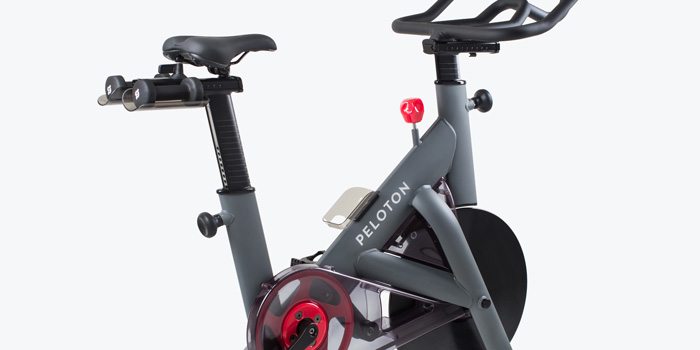Developing, Prototyping and Testing Form & Fit with MakerBot
Businesses like Peloton are going straight from design, to prototype, to production-ready parts with the efficient and cost-effective systems from MakerBot. Established in 2014, the startup came into the market with a sleek, silent exercise bike that could also livestream classes over Wi-Fi and a built-in touchscreen. This connected approach to exercise, Peloton brought something new to the fitness and health industry and needed to speed up product development cycles in order to maintain its reputation amongst competitors and consumers.
Peloton’s industrial design team adopted MakerBot’s 3D printing systems in order to prototype quickly and cost-effectively. They were able to design over 20 different parts on their MakerBot Replicator series and over the years have saved over $20,000 in costs and a few months in production time.
By iterating with MakerBot, the team could get instant feedback with every new design at approximately a dollar a prototype and make changes immediately without having to wait a week for parts to come back from a service supplier. The team could also verify the size, scale, and ergonomics of these parts with enough confidence to decide when each design was ready for production.
Testing Fit and Function
The bright red resistance knob on the Peloton Commercial Bike is a prime example of how the industrial design team could rapidly and efficiently finalize a design. As probably the most used piece of hardware on the bike, it determines the level of resistance during a workout. Less resistance is better for sprinting and more is better for simulating an uphill ride.
Beyond cutting costs and saving time, the industrial design team at Peloton also used their MakerBot to verify ergonomic placement, scale, and sizing as most, if not all, plastic parts of the bike were prototyped first on the MakerBot.
